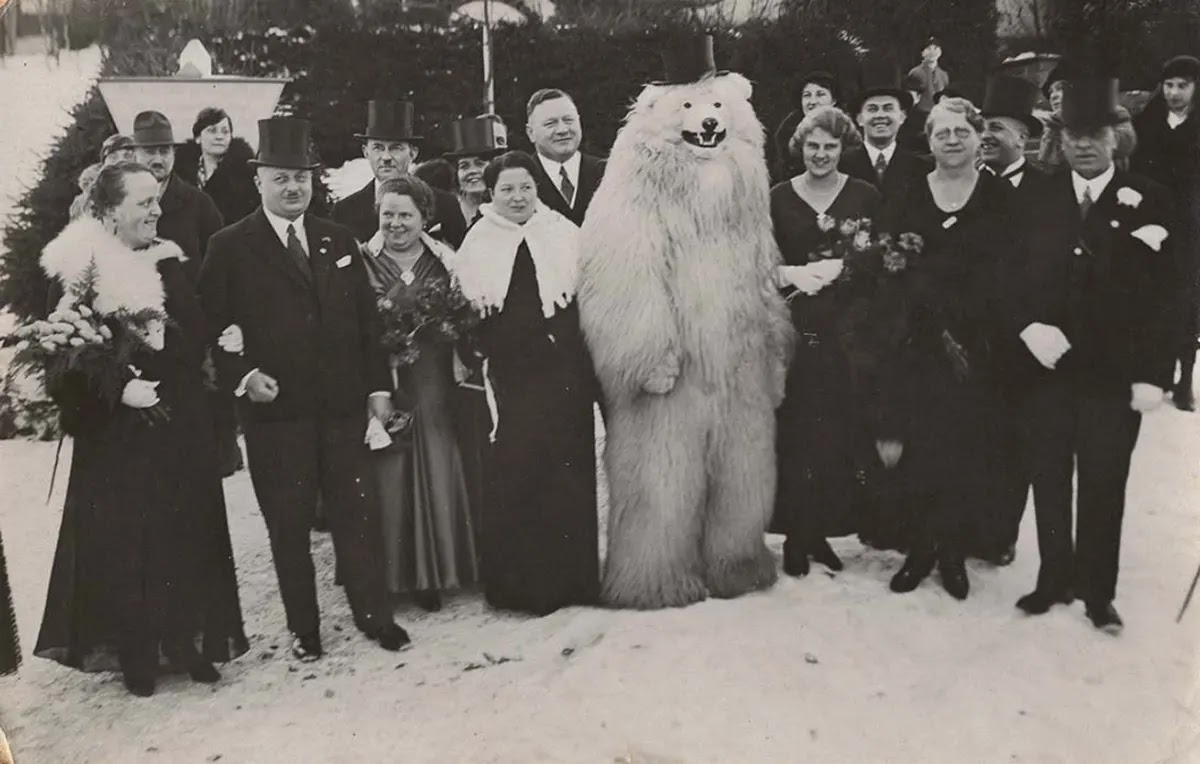The Germany’s bizarre obsession with posing with polar bear mascots, 1920-1970

These photographs, taken in the early 20th and mid 20th centuries, depict unknown people with actors dressed as polar bears. The paintings, part of a Teddybar collection, were compiled by Jean-Marie Donat between the end of World War I and the late 1960s.
When he stumbled upon a snapshot of someone dressed as a polar bear down a street in Berlin, he spent 20 years hunting down photos of other bear impersonations spanning four decades and originating from locations across Germany. Happened. Now, many of his found drawings are together in a book called TEDDYBÄR.
While the photos certainly seem silly and absurd, they convey a strange feeling. The bear's poses are slightly different and he has a shaggy grin.
Germany's tumultuous and tumultuous history surrounds these images; The cheerful Nazi soldiers are later replaced by smiling American soldiers, while the bear remains unchanged.
The origins of the bizarre tradition are a mystery, however, with some sources claiming that the polar bear craze began in the early 1920s when two real polar bears arrived at the Berlin Zoo.
Families from all over the country came to see the bears and take pictures of them in front of the zoo, with people in bear suits standing outside the gate to welcome the tourists. And it gave rise to a nationwide phenomenon that lasted until the late 1960s.
The first bear suits to be worn by humans were used by native peoples in shamanic ritual practices. In modern times, they are a popular choice of mascot, and due to the bear's prominent role in arts and entertainment, stylized and realistic bear suits are commonly used in film and on stage.








No comments: